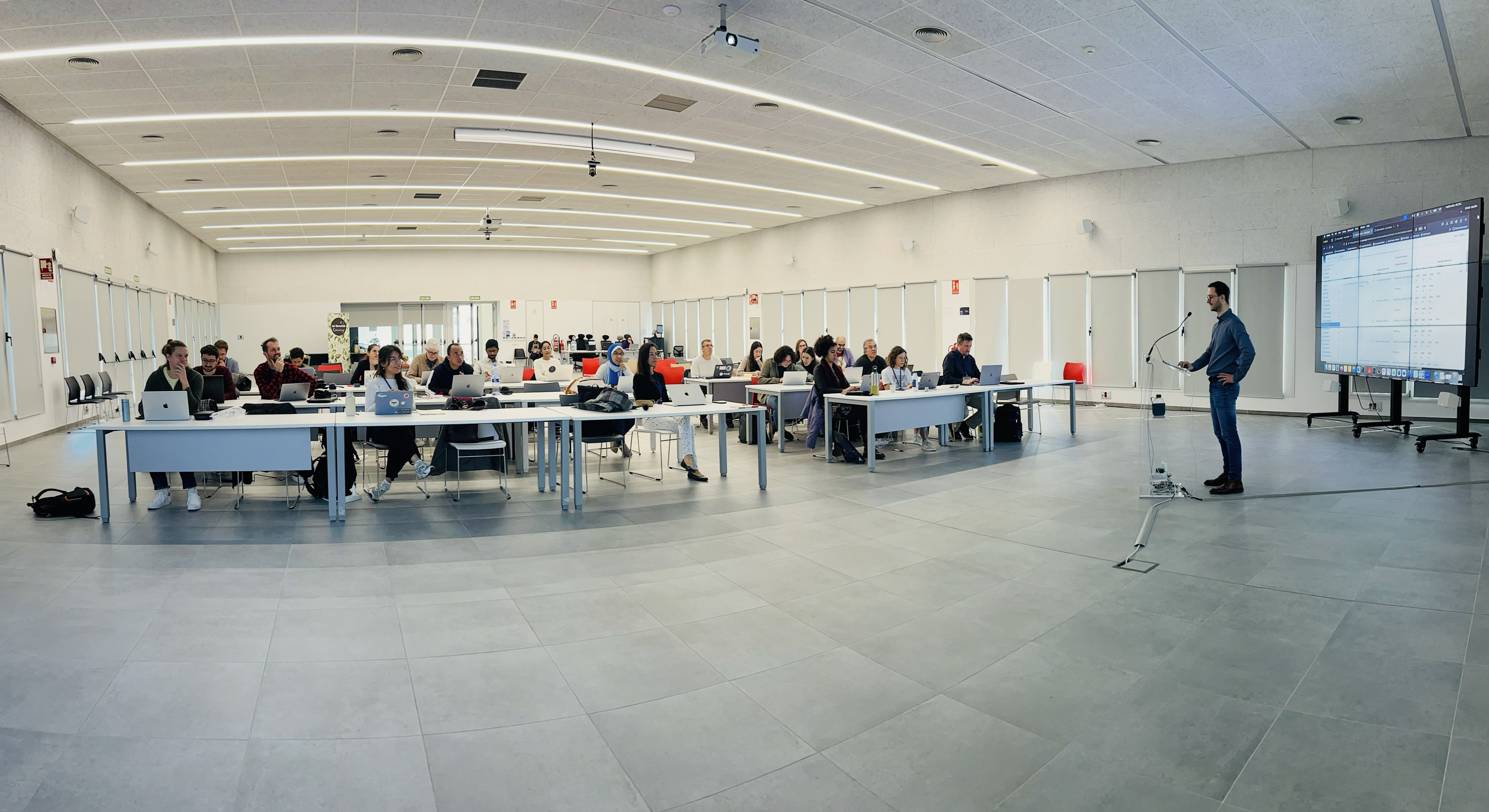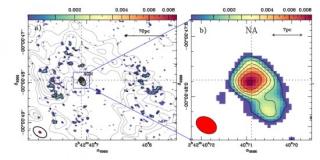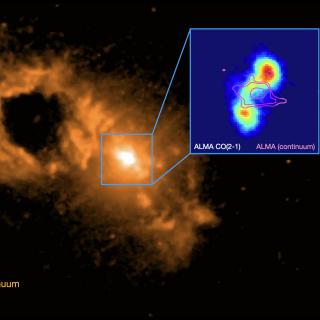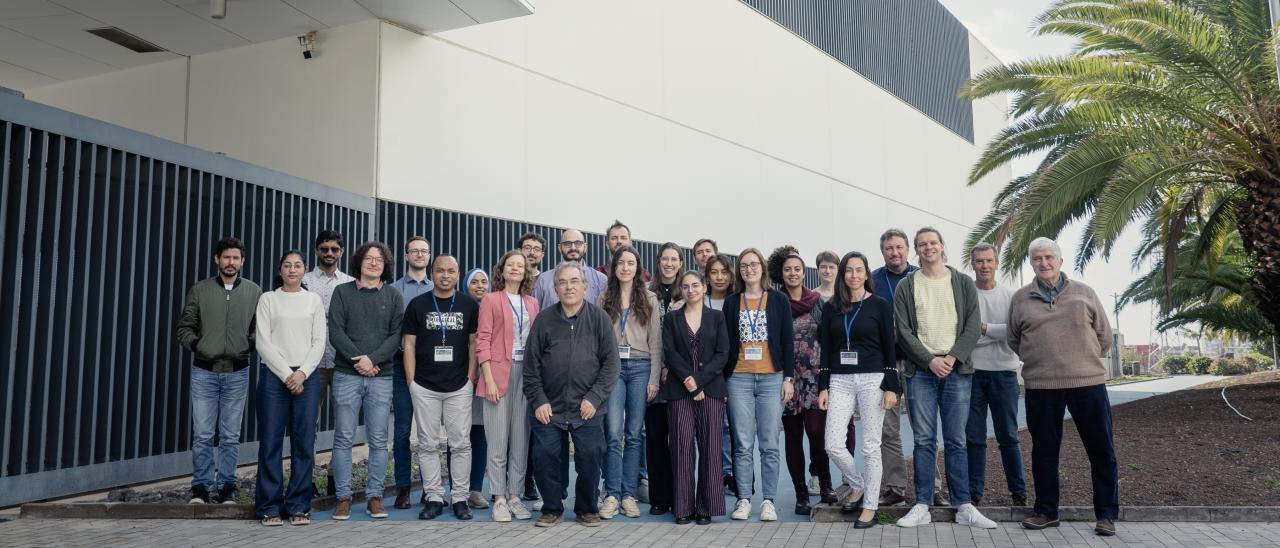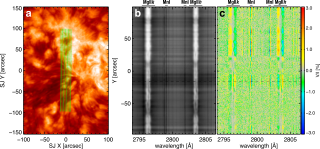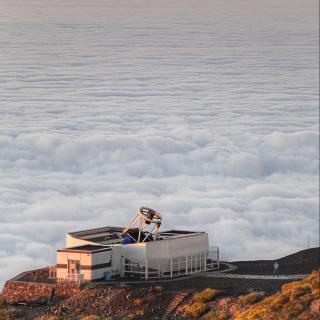The Instituto de Astrofísica de Canarias (IAC) has been host to the Spanish ALMA Days 2025, which was held from 18th to 20th February in the IACTEC building in the Science and Technology Park at Las Mantecas (Tenerife). The aim of this event was to give information about the coming observation cycle of ALMA (Atacama Large Millimetre/Submillimetre Array) and to provide an overview of the data base of the telescope and its observing tools.
In addition the scientific results of more than 10 years of observations were presented, and the future perspectives offered with the implementation of the Wideband Sensitivity Upgrade, a key project of ALMA aimed at doubling and in the end quadrupling the bandwidth of its detector system, improving the sensitivity and efficiency of its operations, were analyzed.
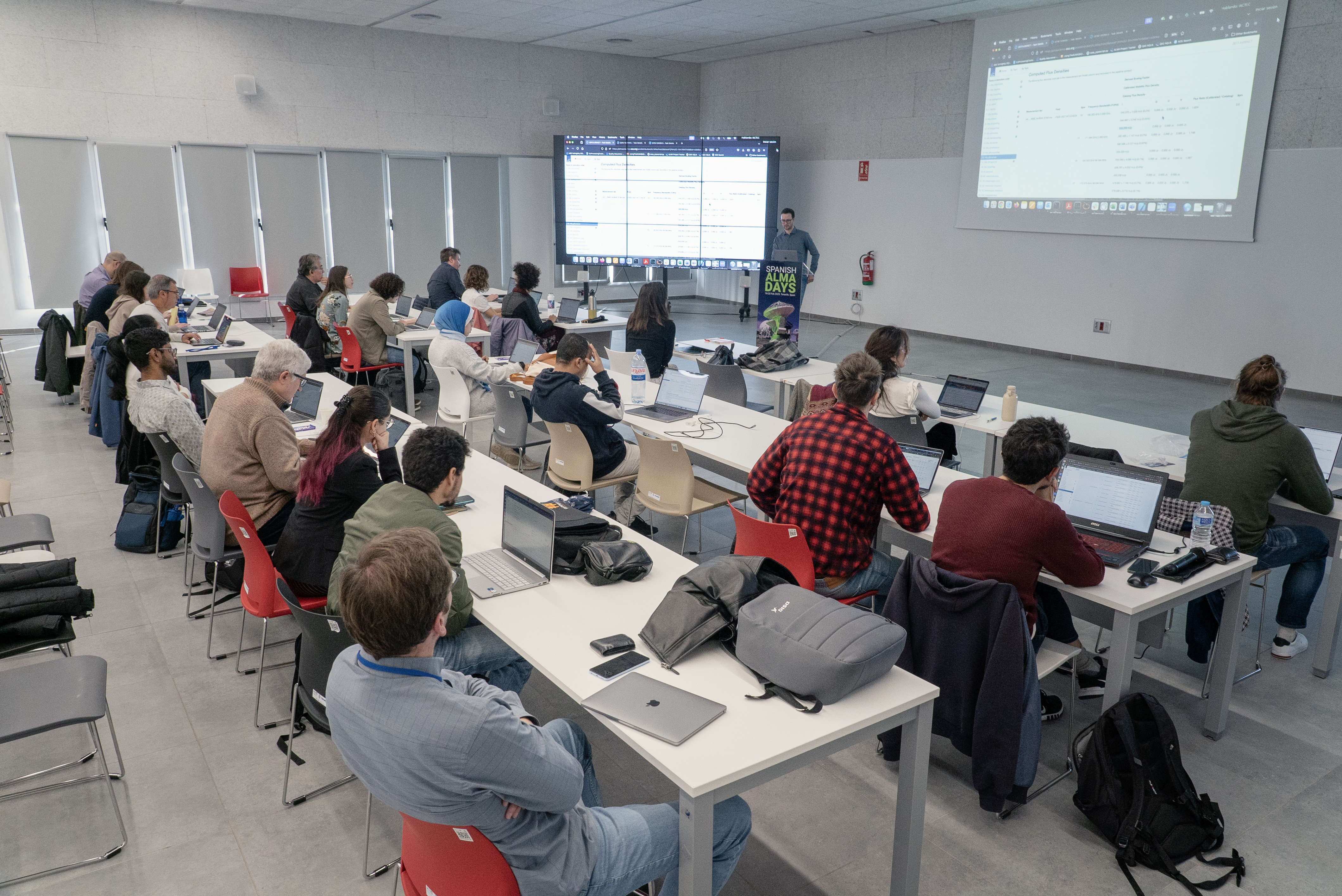
The Spanish ALMA Days was mainly aimed at the Spanish user community of ALMA but it was also open to other users of this observatory within the European astronomical community. There were some thirty people attending the event on this occasion.
Evanthia Hatziminaoglu, a researcher at the European Southern Observatory (ESO) affiliated to the IAC led the work of organizing the meeting, and she pointed out the effort needed to organize a meeting of this kind, so she considers that it “gives satisfaction to see that not only did it happen, but that it aroused the interest of many young astronomers who will maybe become future ALMA users.”
ALMA is one of the world’s most advanced scientific infrastructures for the study of the universe at millimetre and submillimetre wavelenghts. It comprises 66 high precision antenas, which makes it one of the largest radiotelescopes that exist. It was created thanks to an international collaboration between Europe (ESO), the United States (NRAO), and East Asia (NJAO), together with its host country, the Republic of Chile. Its capability for the exploration of the formation of stars and galaxies, as well as the composition of planetary atmospheres has been the key to many discoveries in astrophysics.
